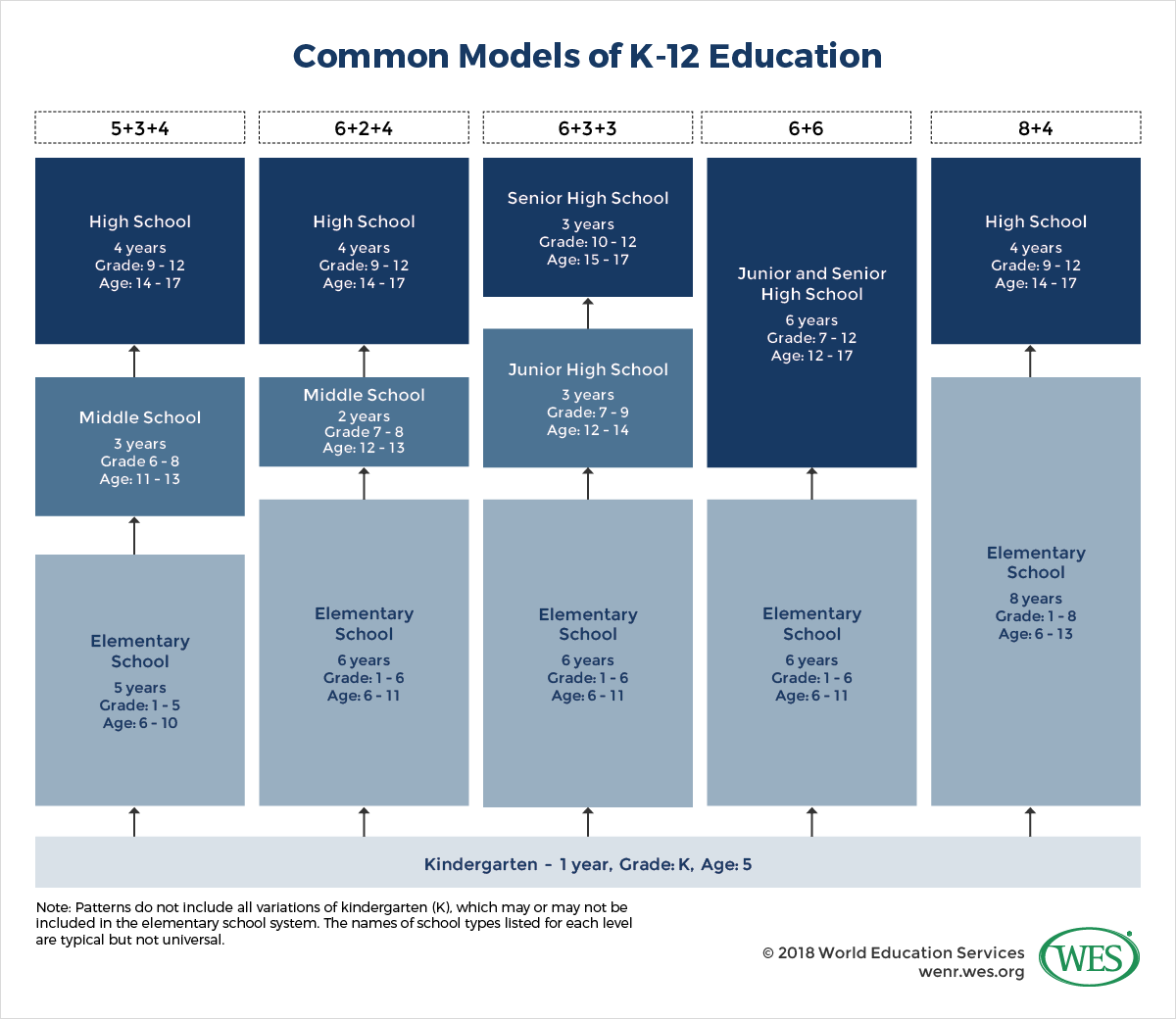Education System: Understand the structure of education in the USA, from elementary to higher education.
Early Childhood Education:
- Early childhood education typically includes preschool and kindergarten programs for children aged 3 to 5.
- While not compulsory in all states, early childhood education plays a vital role in preparing children for formal schooling.
Elementary School:
- Elementary school covers grades 1 to 5 (sometimes referred to as grades K-5) and provides a foundation in core subjects such as English, mathematics, science, and social studies.
- Most elementary schools are organized by grade levels, with a single teacher responsible for instructing students in all subjects.
Middle School (or Junior High School):
- Middle school, also known as junior high school, typically includes grades 6 to 8 (or 7 to 8, depending on the district).
- Middle schools often have a team of teachers specialized in different subjects, providing students with a more diverse educational experience.
High School:
- High school covers grades 9 to 12 and marks the final stage of compulsory education in the United States.
- Students take a variety of subjects, including English, mathematics, science, social studies, and elective courses.
- High schools often offer Advanced Placement (AP) courses, allowing students to earn college credit while still in high school.
Higher Education:
- Higher education in the USA consists of post-secondary institutions, including colleges and universities.
- Colleges typically offer undergraduate degrees (Associate's and Bachelor's degrees), while universities offer undergraduate and graduate degrees (Master's and Doctoral degrees).
- Community colleges provide two-year Associate's degree programs and vocational training.
- Public universities are funded by state governments, while private universities rely on tuition and private funding.
Degree Levels:
- Associate's Degree: A two-year degree typically offered by community colleges, providing a foundation in various fields of study.
- Bachelor's Degree: A four-year degree awarded by colleges and universities upon completing undergraduate studies in a specific major.
- Master's Degree: An advanced degree earned after completing additional studies beyond the Bachelor's degree, often with a focus on a specialized field.
- Doctoral Degree: The highest level of academic achievement, requiring original research and dissertation defense. Examples include Doctor of Philosophy (Ph.D.) and Doctor of Medicine (M.D.).
Education Governance:
- Education in the USA is primarily the responsibility of individual states and local school districts.
- The federal government provides funding and sets broad education policies through the U.S. Department of Education, but specific curriculum and educational standards are determined at the state and local levels.
Standardized Testing:
- Standardized testing, such as the SAT (Scholastic Assessment Test) and ACT (American College Testing), are commonly used for college admissions.
- Statewide assessments are also conducted to assess student proficiency and school performance.
The education system in the USA aims to provide students with a solid academic foundation, encourage critical thinking, and prepare them for future careers and opportunities. While challenges exist, ongoing efforts are made to improve the quality and accessibility of education at all levels.
Generating Working Next Page Link...

